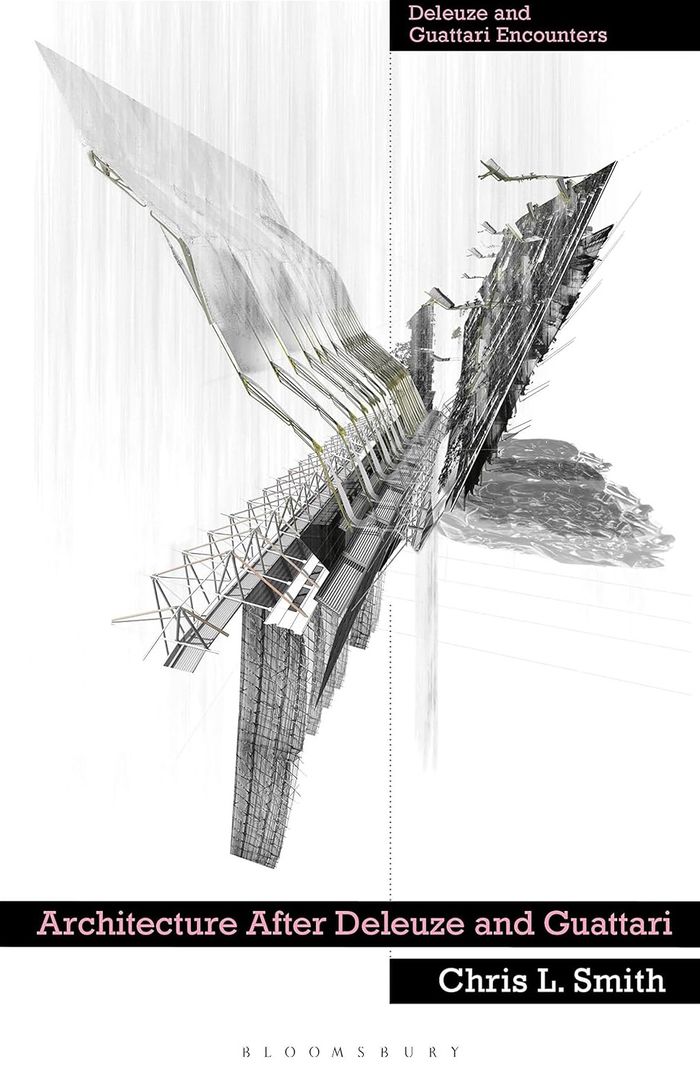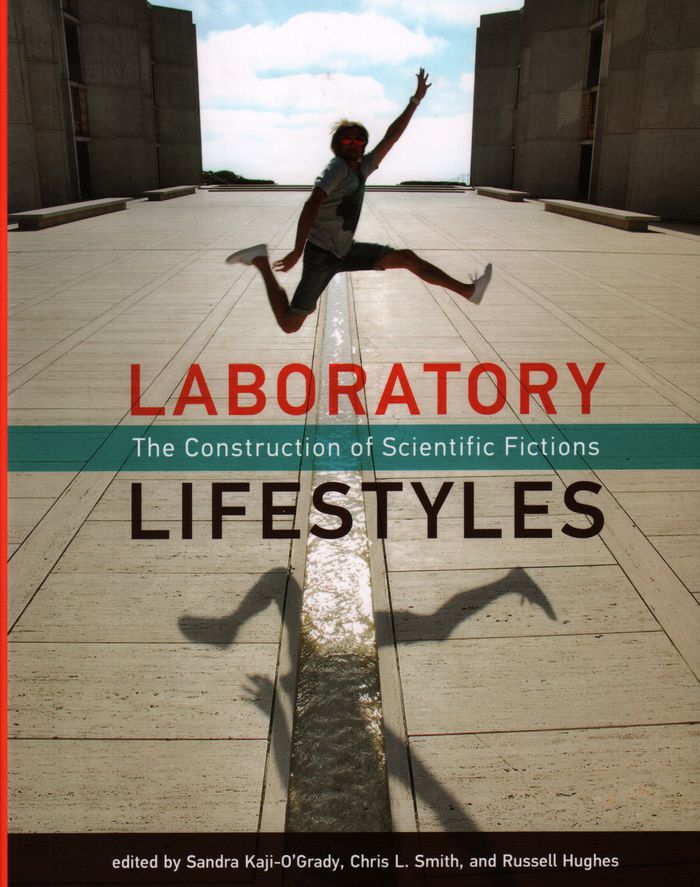$58.50
(available in store)
Summary:
This study illuminates the complex interplay between Deleuze and Guattari's philosophy and architecture. Presenting their wide-ranging impact on late 20th- and 21st-century architecture, each chapter focuses on a core Deleuzian/Guattarian philosophical concept and one key work of architecture which evokes, contorts, or extends it. Challenging the idea that a concept or(...)
Architecture after Deleuze and Guattari
Actions:
Price:
$58.50
(available in store)
Summary:
This study illuminates the complex interplay between Deleuze and Guattari's philosophy and architecture. Presenting their wide-ranging impact on late 20th- and 21st-century architecture, each chapter focuses on a core Deleuzian/Guattarian philosophical concept and one key work of architecture which evokes, contorts, or extends it. Challenging the idea that a concept or theory defines and then produces the physical work and not vice versa, Chris L. Smith positions the relationship between Deleuze and Guattari's philosophy and the field of architecture as one that is mutually substantiating and constitutive. In this framework, modes of architectural production and experimentation become inextricable from the conceptual territories defined by these two key thinkers, producing a rigorous discussion of theoretical, practical, and experimental engagements with their ideas.
Architectural Theory
Laboratory lifestyles
$42.95
(available to order)
Summary:
The past decade has seen an extraordinary laboratory-building boom. This new crop of laboratories features spectacular architecture and resort-like amenities. The buildings sprawl luxuriously on verdant campuses or sit sleekly in expensive urban neighborhoods. Designed to attract venture capital, generous philanthropy, and star scientists, these laboratories are meant to(...)
Laboratory lifestyles
Actions:
Price:
$42.95
(available to order)
Summary:
The past decade has seen an extraordinary laboratory-building boom. This new crop of laboratories features spectacular architecture and resort-like amenities. The buildings sprawl luxuriously on verdant campuses or sit sleekly in expensive urban neighborhoods. Designed to attract venture capital, generous philanthropy, and star scientists, these laboratories are meant to create the ideal conditions for scientific discovery. Yet there is little empirical evidence that shows if they do. 'Laboratory Lifestyles' examines this new species of scientific laboratory from architectural, economic, social, and scientific perspectives. Generously illustrated with photographs of laboratories and scientists at work in them, the book investigates how “lifestyle science” affects actual science. Are scientists working when they stretch in a yoga class, play volleyball in the company tournament, chat in an on-site café, or show off their facilities to visiting pharmaceutical executives?
Architectural Theory

